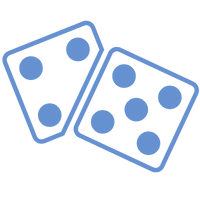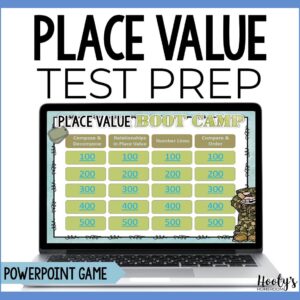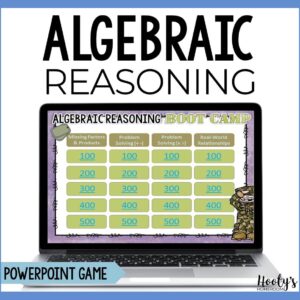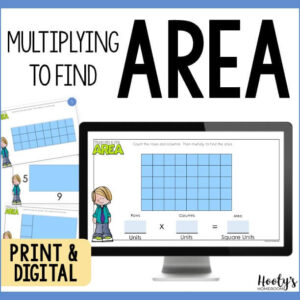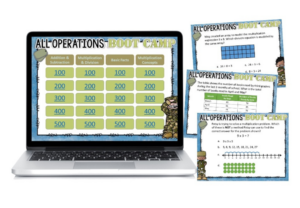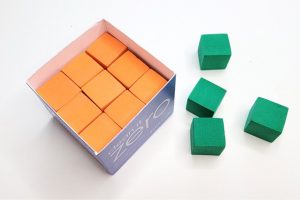Teaching multiplication with arrays is one of the most effective ways to help your students really understand the concept. Arrays give kids a clear visual that shows how multiplication works, whether it’s about repeated addition, equal groups, or other important ideas. By using arrays in your lessons, you make multiplication easier to understand, setting your students up for success in math down the road.
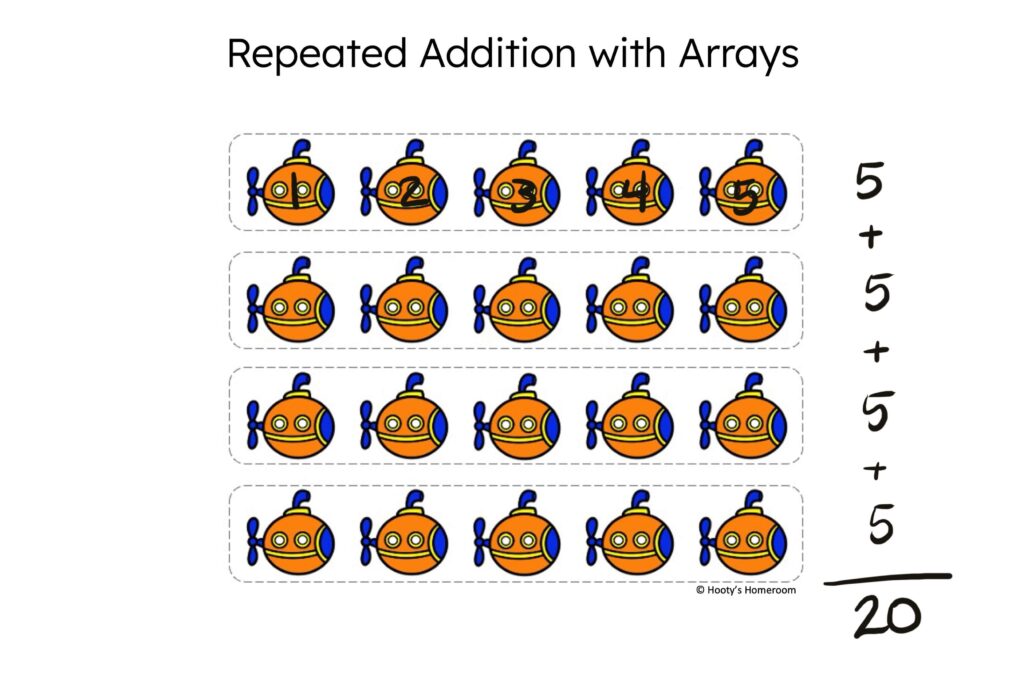
Understanding Multiplication as Repeated Addition
First things first, what exactly is multiplication? At its core, multiplication is just repeated addition. When we multiply 4 by 5, we’re really just adding 5 four times (5 + 5 + 5 + 5 = 20). But for many students, that connection isn’t immediately obvious. This is where arrays come in handy.
When you create an array—say, 4 rows of 5 objects—you’re giving students a clear, visual representation of what 4 × 5 looks like. They can see that there are 4 groups, each with 5 objects. By counting all the objects, they can easily see that 4 × 5 equals 20. This visual approach helps solidify the idea that multiplication is just a quicker way to add the same number over and over again.
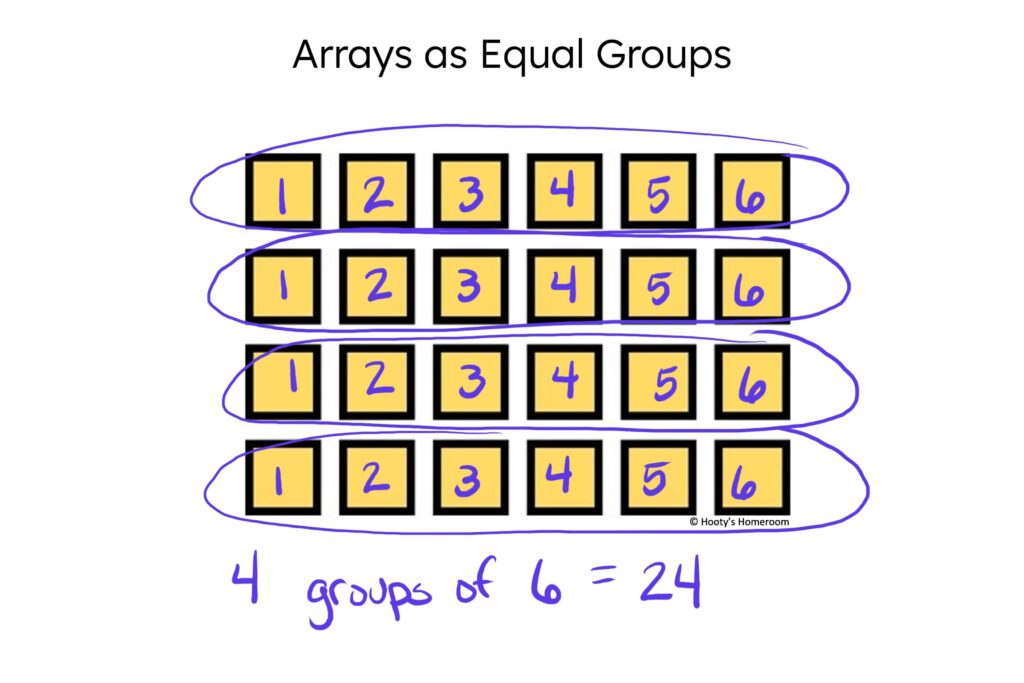
Arrays as Equal Groups
Another way to think about arrays is as equal groups. This perspective is particularly useful when students are working on word problems or real-life scenarios where they need to group items evenly. For example, imagine someone is planting tulips in a garden. They decide to plant 4 rows of tulips, with 6 flowers in each row.
By using an array, students can visually organize these rows and columns. They see 4 equal groups (rows) with 6 tulips in each group (row). This helps them understand that the total number of tulips can be found by multiplying 4 (the number of rows) by 6 (the number of flowers in each row). This method not only helps with multiplication but also reinforces the idea of grouping, which is an essential skill in many areas of math. It gives students a concrete way to understand multiplication problems, making them easier to solve.

Using Arrays to Skip Count
Skip counting is a stepping stone to mastering multiplication, and arrays are perfect for practicing this skill. When students arrange objects into rows and columns, they can easily skip count by the number of objects in each row or column. For instance, in a 3 × 8 array, they can skip count by 8s—8, 16, 24—to quickly find the product.
This method is especially helpful for students who struggle with memorizing multiplication facts. By using arrays to practice skip counting, they can build confidence and improve their fluency with multiplication. Plus, it’s a fun and engaging way to reinforce both skip counting and multiplication skills at the same time.
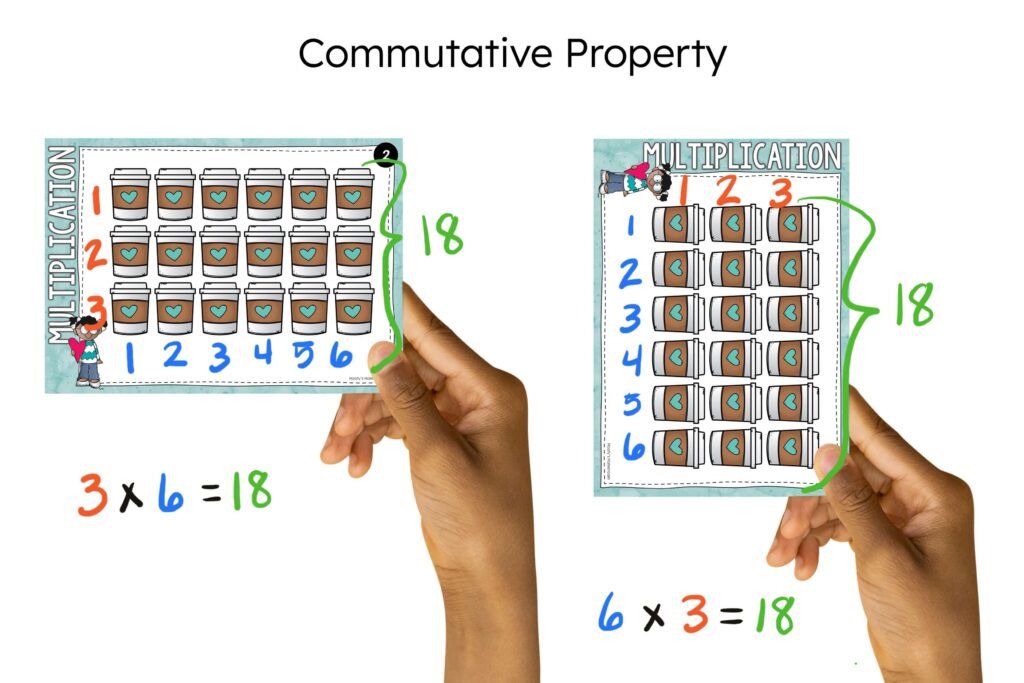
Exploring the Commutative Property with Arrays
One of the key concepts in multiplication is the commutative property, which simply means that you can switch the order of the numbers being multiplied, and the product will stay the same. For example, 3 × 6 and 6 × 3 both equal 18. Arrays provide a great way to visually demonstrate this property.
You can show students that when you create a 3 × 6 array (3 rows of 6), and then rotate it to make a 6 × 3 array (6 rows of 3), the total number of objects doesn’t change—it’s still 18. This visual proof helps students understand that multiplication is flexible, and it deepens their overall understanding of how numbers work together in multiplication.
The Long-Term Benefits of Teaching Multiplication with Arrays
So, why does all this matter? Beyond helping students with basic multiplication, arrays lay the groundwork for more advanced math concepts. As students move on to division, multi-digit multiplication, and even area models, the understanding they’ve gained from working with arrays will be invaluable.
Arrays help students see the relationships between numbers, understand the structure of multiplication, and build confidence in their math abilities. By starting with arrays, you’re giving your students a strong foundation that will support them as they tackle more complex problems in the future.
Teaching Multiplication with Arrays
Teaching multiplication with arrays is more than just a teaching strategy—it’s a way to help your students truly understand the math they’re doing. By using arrays to represent repeated addition, equal groups, skip counting, and the commutative property, you’re giving your students the tools they need to succeed in multiplication and beyond. So, the next time you’re planning a multiplication lesson, consider making arrays a central part of your instruction.
Looking for low-prep activities for introducing multiplication? Check out these beginner multiplication concepts activities.




